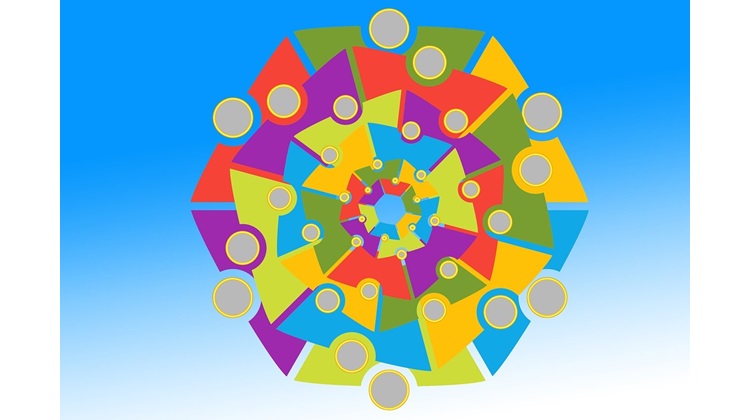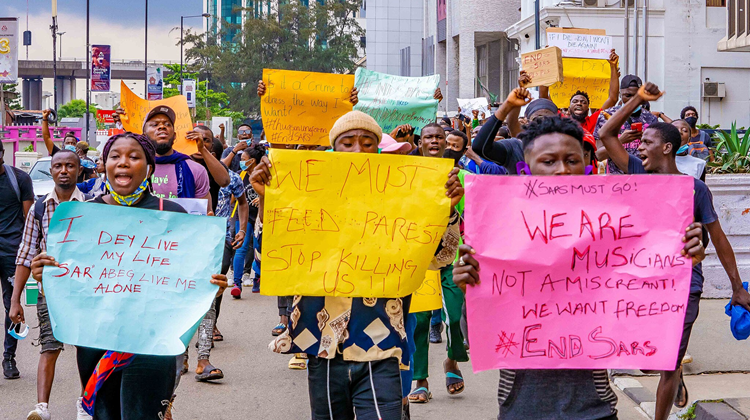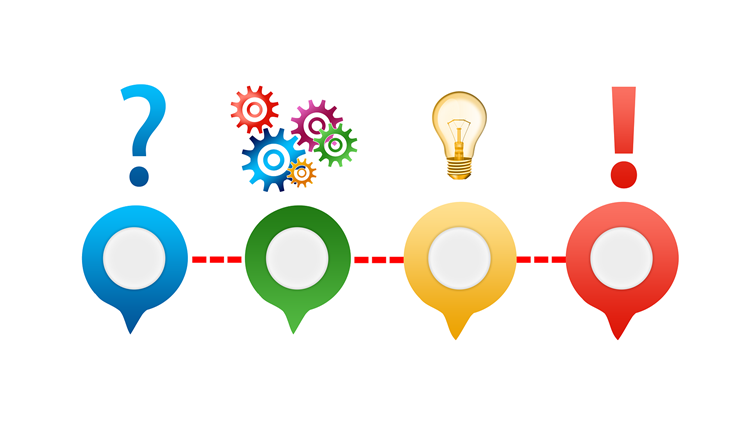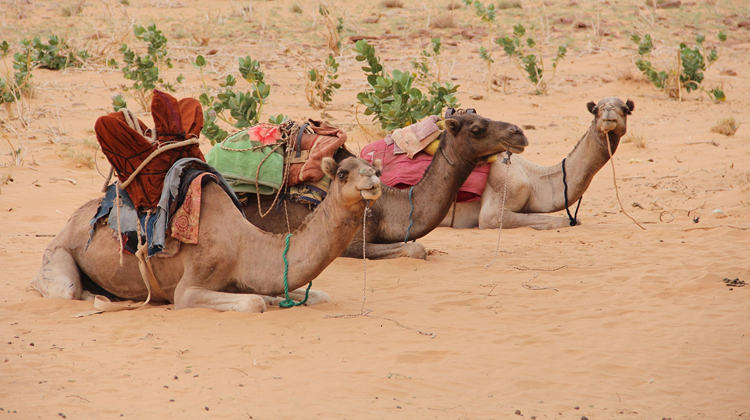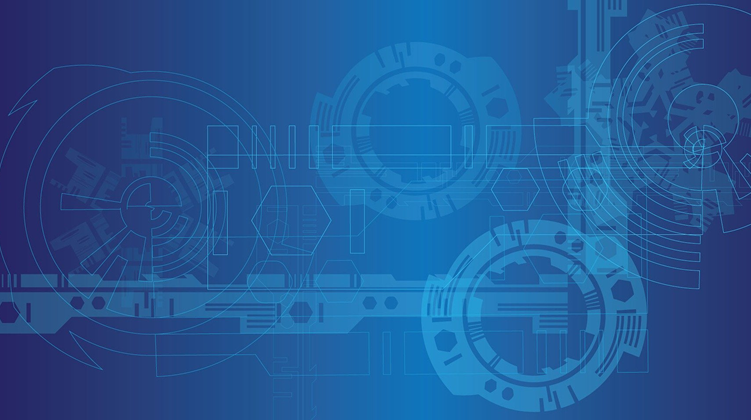African Conflict in 2025
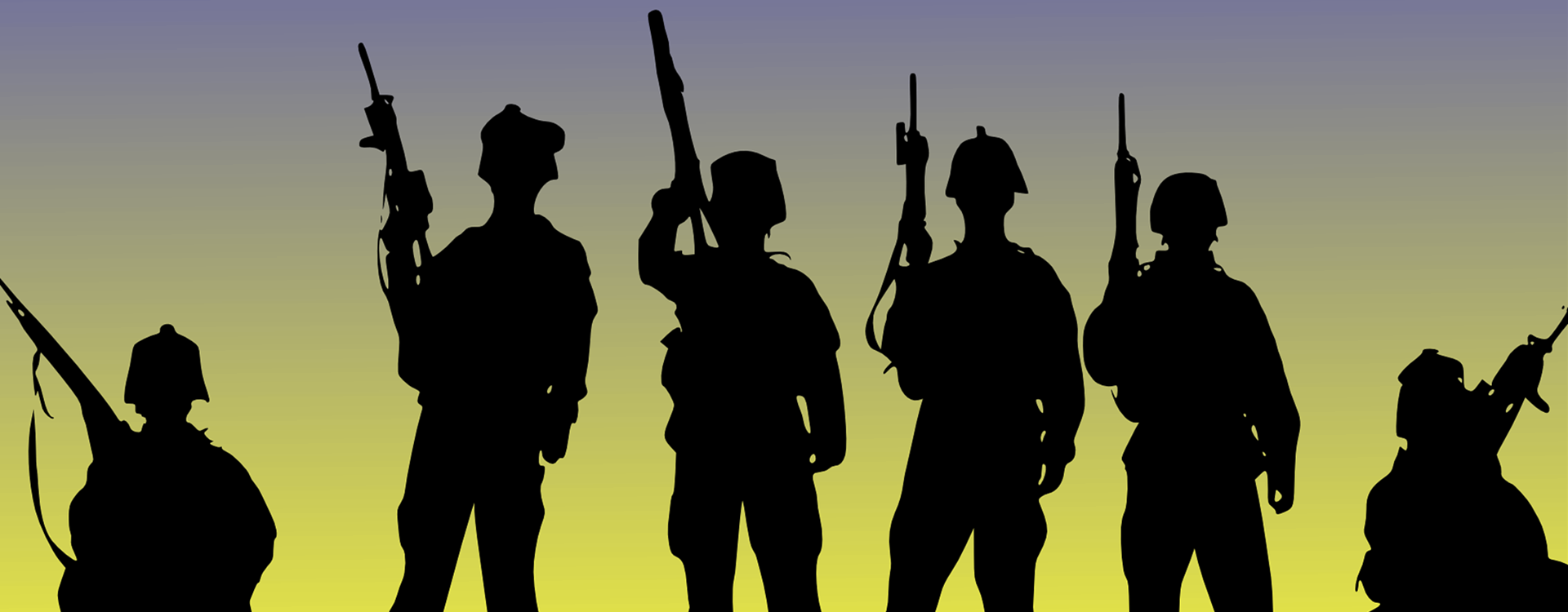
The persistence of conflict across the continent may lead to the emergence of new patterns of violence or reinforce existing dynamics.
2025 has arrived with ferocious energy. For African conflict, changes are in store in the form of more conflict, and likely challenges to established regimes. A defining characteristic of African conflict in 2024 was its consistency—conflict levels remained persistently high, despite peace agreements, elections and aid efforts aimed at fostering peace. This raises a critical question given the changing nature of international support, and less frequent elections: will 2025 demonstrate new conflict patterns for Africa, or will the forces that sustained conflict last year continue to shape the year ahead?
In comparison, conflict across Africa may be high, but both the Middle East and Latin America are more violent on a continental scale. No more the hopeless continent, Africa and its conflicts share many similarities with those in other regions. There are many reasons to think 2025 will continue to produce high and consistent levels of conflict. This holds especially for the proportion of the continent’s population that is exposed to violence: in Africa, close to 10% of the continent is regularly exposed to political violence at any time in a year; in the Middle East, that figure is close to 20%; in Latin America, over 30%. Africa’s conflicts are often branded as the worst and most violent, but they are not.
Conflict across Africa may be high, but both the Middle East and Latin America are more violent on a continental scale
African conflicts remain regionally unique in their persistence, their diffusion, and their often more traditional format of insurgencies against national governments. Yet, the rate in Africa is highly consistent, regardless of political and economic shifts across the continent. Why? There are three reasons: the opportunity for conflict is high; the incentives for some forms of conflict are growing; and mitigation does not work.
The opportunity for conflict is high because, across countries, the capacity for violence is not exhausted. Put another way, there are still productive opportunities to engage in conflict, and groups willing to seize those openings. The ACLED index for 2024 (country ranking depicted in Chart 1) showed how large conflicts got worse, and smaller conflicts continued their rate of violence. This tells us that groups still see opportunities to attack communities, diffuse into new areas, attack urban centres, recruit, take on often illegal side-lines to generate more funding, become involved in additional illegal activity like abductions, and more.
It is sometimes useful to understand the number and actions of violent groups as being influenced by ‘market mechanisms’, and specific features like the costs and benefits of engaging in conflict. The number of groups certainly is an indicator of whether the market is open to—yet another—armed group. In addition, in tracking which types of groups are a growing problem, we can discern how the market is signalling the opportunity for specific agendas to be lucrative.
Across Africa, non-state armed groups vary tremendously. There is a stable but relatively small number of rebel groups, while the number of political and community militias is high, volatile and generally growing. Rebel groups tend to be more violent than militias due to their larger size, stronger organisation, funding, territorial control and access to weapons. However, militias are much more widely dispersed, collectively exposing a greater number of people to political violence (see Chart 2).
What does this mean in practice? Some contexts tell groups that a national campaign in which they wish to seize significant territory, control of populations and resources (in the form of positions of authority, ‘rent’ making, etc.) is a viable option. In other contexts, that kind of campaign can be too costly to engage in. The main difference or ‘barrier’ to the first type of ‘insurgent’ or ‘rebel’ campaign is how capable the government is at defending its territory and raising the costs of engaging in this violence by a non-state armed group.
In recent years, African governments have taken steps to limit the emergence of new rebel groups, often through more inclusive governance and representation policies. The logic here is that if I give you a position in government, and provide for your supporters, it makes breaking away with nothing and fighting your way to more authority a much bigger unguaranteed ask. You and your supporters might end up with nothing, or you might expend a lot of time, effort, life and support to end up exactly where you left off. In short, it is not worth it. This is one reason that as African governments became quite inclusive of ethno-regional political interests and elites, the number of rebel groups has gone down significantly. There are simply other established avenues to get what you want.
However, as the number of rebel groups decreased, the number of militias increased. There are two reasons for this—first, ethno-regional political inclusivity is high at the national level generally across African states, but it is not the form of political exchange that works at the subnational level. There, political interests and militias are very active because gaining a foothold in government, controlling lucrative opportunities and keeping supporters of different political interests suppressed, are very effective ways of holding authority and keeping power. Conflict reflects politics—at the scale at which it is occurring. Subnationally, competition for power is very active, often between elites and groups that have long contested who holds authority, rents and political opportunities. Competition is especially fierce around elections—including local elections and by-elections. These two scaled political realities are co-existing in many African states. As Africa moves beyond large-scale rebellions, decentralised power struggles will redefine governance and security, creating a more fragmented and unpredictable conflict landscape.
Decentralised power struggles will redefine governance and security, creating a more fragmented and unpredictable conflict landscape
Second, African governments have come down hard on groups looking to maximise the extent of their violence. Many governments are not thrilled about militias, but because these groups have exploded in number, it is a fool’s errand to try to deal with them all. Many militias know this, and will not attack the government with any real frequency: they fight each other, or proxy-para government-aligned forces, but do not want to involve the military. The police are attacked regularly, but African governments are not actively protecting localities (see Chart 3 for the distribution of contests across the continent in 2024).
As soon as the governments suspect large-scale movements are forming, alliances are growing, or groups are attacking urban centres or too many of their elite affiliates, they will seek to eradicate the group. Rebel movements and alliances can be years-long problems and are extremely costly. With peace agreements becoming less effective, stabilisation through force is increasingly normalised, often with foreign backing. However, this approach is not conflict-neutral—it fuels further violence.
What this also tells us is that mitigation does not work—the barriers are low to enter into conflict, and the policies are not effective. Regimes choosing to adopt widespread elite inclusion changed the conflict calculations of insurgents, but also increased how elites could benefit from subnational and localised violence. As a result, many conflicts shifted into a more successful form rather than dissipated as a political force. In 2025, there are no limitations on the quest for power: no international guardrails are effective. By fixating on outdated explanations like poverty or weak institutions, the international community fails to grasp the real drivers of Africa’s evolving conflicts—such as the growing decentralisation of political power struggles and the role of stabilisation efforts in fueling violence. We will learn a lot about conflict in 2025, and many lessons will be derived from Africa’s bitter experiences.
Image: Clker-Free-Vector-Images/Pixabay

